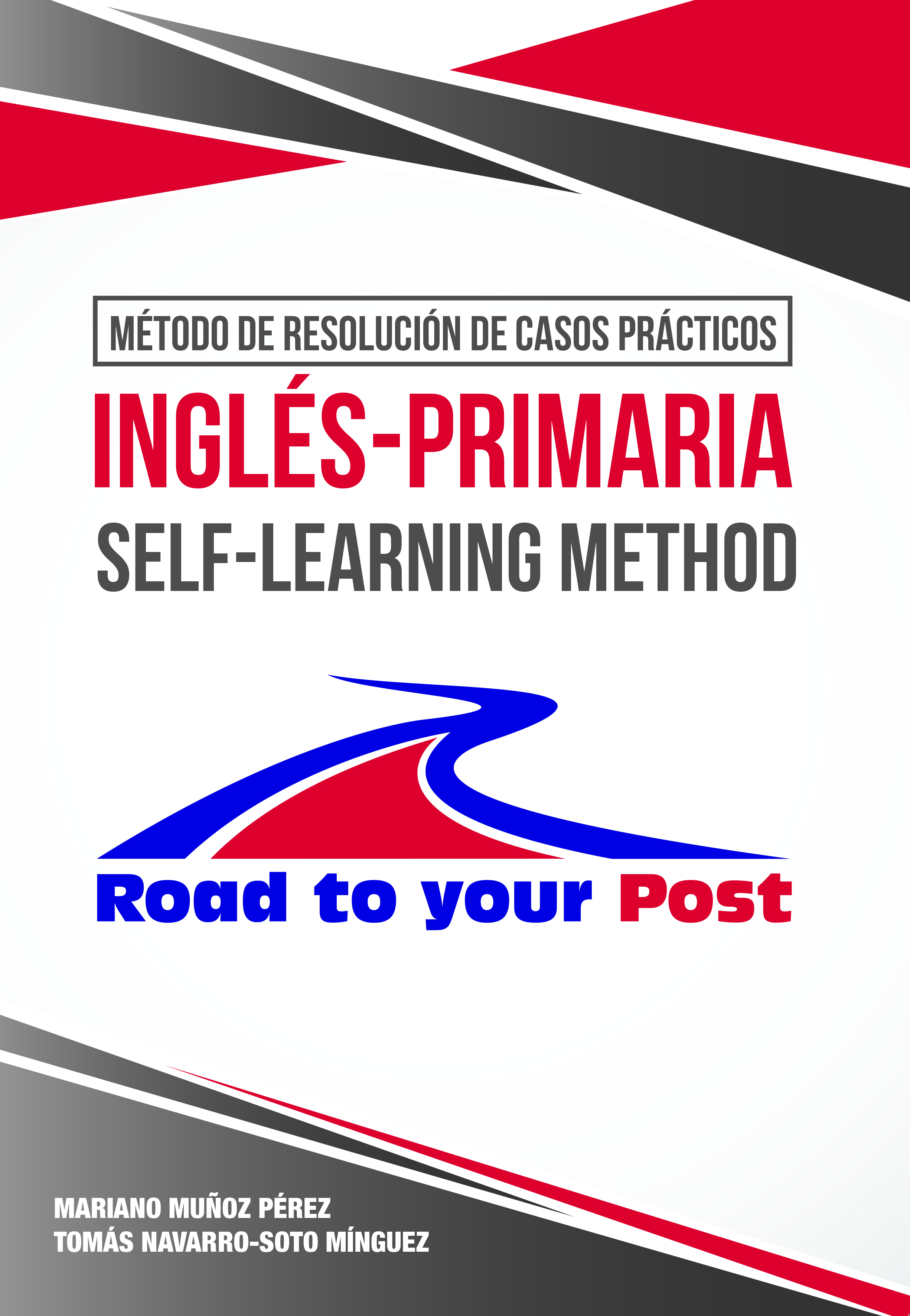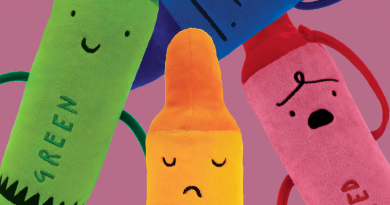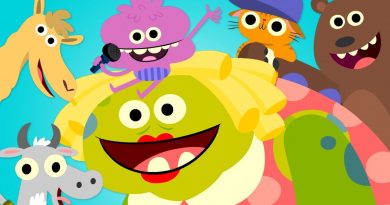The scientific origins of the Minotaur – By Matt Kaplan
The scientific origins of the Minotaur – By Matt Kaplan
Follow us: https://www.facebook.com/OposicionesInglesRP/
More about Road to your Post: oposicionesingles.com
Myths are stories that are based on tradition. Some may have factual origins, while others are completely fictional. But myths are more than mere stories and they serve a more profound purpose in ancient and modern cultures.
One of the advantages of developing mythology for the English class is that the amount of possibilities is almost limitless; the FL teacher may use a great deal of resources depending on his/her training, involvement and imagination.
Text extracted from: Método de resolución de casos prácticos. Inglés-Primaria 
Pages 17-18
“From a methodological viewpoint, the learners should be given opportunities to practise and express their own ideas in the FL along the communicative situations created by the teacher. In line with the PBL model (Libow and Stager, 2013), students must devise a new version of a song and perform in guise of a final product. This process may start with a challenging guessing for students to know some facts about The Beatles and the presentation of a similar final product. Being children songs lovers, this proposal intends to be a motivating contextualising framework to enhance the learners’ capacity to understand and pronounce in the FL; and also a strategy to develop their linguistic knowledge through an enjoyable learning experience. Moreover, the active involvement of students in creating something “real” in a FL to be shared, presented, personalised and uploaded to a digital platform, shall foster not only real use of the foreign language, but also a high level of motivation and involvement on the part of the students.”
Page 23
Undoubtedly, fostering children´s motivation (Dörnyei, 2001) is especially effective to ensure success for those children who present any kind of LD, since it may act as an additional value to the specific measures devised. I would like to remark that the practical application I shall subsequently lay out is strongly grounded on the belief that all children possess the ability to learn, despite the fact of their differences, types of intelligences (Gardner, 1983), learning styles and paces. So as to illustrate my proposal, I shall spell out diverse practical measures in the context of project based learning (PBL). The concept of project as the creation of a challenging situation that engages children is the specific context in which the different proposals I shall present should be understood.
Page 24 – Expecific examples
Presentation products activities are the first step in the development of a project. In these activities I challenge learners through a question or show a sample of the kind of work they are expected to devise. In parallel to this, students are grouped in heterogeneous teams, since it is one of the main organisational strategies to favour SNES learners´ integration. Specifically, projects work is stressed as one of the most adequate inclusive methodologies based on cooperative learning. In this view of learning, organising heterogeneous teams for all children to assume a concrete role is indispensable for everyone to take ownership of the group. Similarly, creating a sense of achievement is indispensable to develop the students’ potentialities; therefore, initial motivation and organised work for SNES children in the group are the cornerstones for subsequent actions.
Investigation activities are the students´ starting point to elaborate a product. A prime example of a product could be the creation of a TV program presenting local news and interviews. This outcome shall necessarily involve my students in the use of technologies in English in a creative way; and shall help to develop awareness of the importance of preservation of natural spaces, cities and monuments, thus covering our regional culture. However, the diversity strategies in these tasks should require children being assigned reachable roles. This means that in a “treasure hunt” task where children search for information, a LD child may read, whilst others shall accomplish more demanding processes, like writing the gist of the text.



